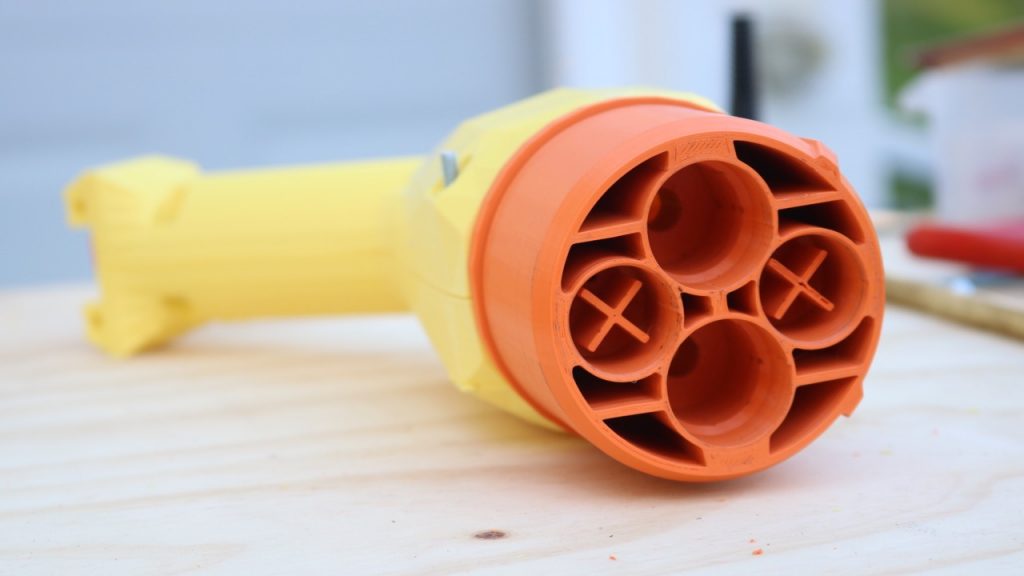Hedges
I See Electromagnetic Fields!
- Joined
- Mar 28, 2020
- Messages
- 20,690
What was/is surprising is that the 48v battery gets charge from the AC-OUT line, with excess power produced by the M215 micro.
Next on deck is to tap the HVDC from an EV, without smoke
A different next step would be to see what happens to excess power when battery is fully charged.
If you had an SoC based switch, you could kick GT PV offline before then.




